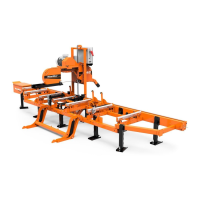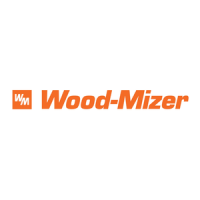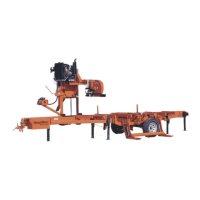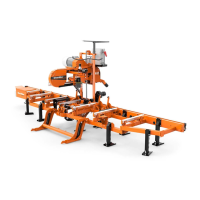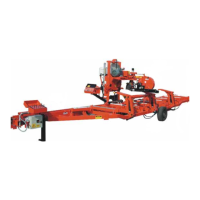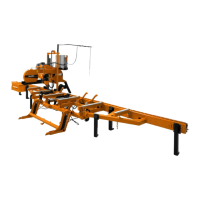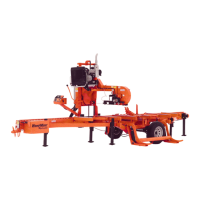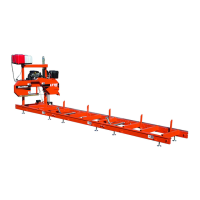M
Monica MossSep 23, 2025
Why pump motor runs with no response from cylinders on Wood-mizer LT40HD Saw?
- SSteven HillSep 23, 2025
If the pump motor runs with little or no response from the cylinders on your Wood-Mizer Saw, test the battery and replace or recharge as necessary if the battery is low or dead. Remove the motor from the pump and inspect it, repairing or replacing as necessary if the pump motor is defective. Check the ground connection between the pump and saw frame if there is a poor ground connection.
